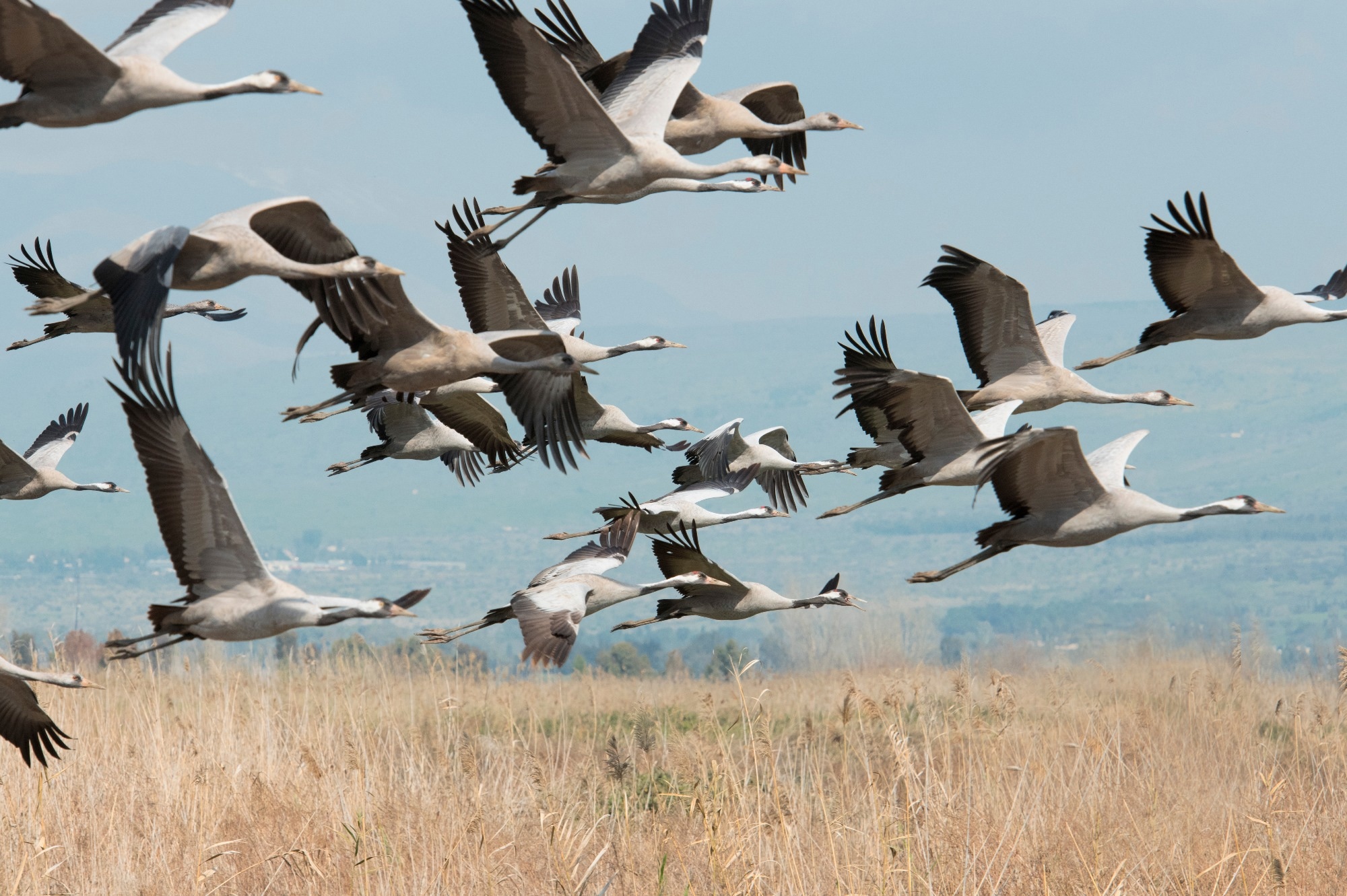In a recent study in Nature, researchers report significant changes in the ecology and evolution of highly pathogenic avian influenza (HPAI) H5 viruses using a combination of spatial, epidemiological, and genomic approaches.
 Study: The episodic resurgence of highly pathogenic avian influenza H5 virus. Image Credit: Jeannette Katzir Photog / Shutterstock.com
Study: The episodic resurgence of highly pathogenic avian influenza H5 virus. Image Credit: Jeannette Katzir Photog / Shutterstock.com
Background
Influenza A viruses are negative-sense, single-stranded, and segmented ribonucleic acid (RNA) viruses. Typically, these viruses are characterized by the antigenicity of their hemagglutinin (HA) and neuraminidase (NA) surface proteins.
Both H5 and H7 subtypes of HPAI viruses have evolved from low-pathogenic avian influenza (LPAI) viruses, with most of these viral outbreaks contained through culling or die-off events. Although these viruses typically spread among poultry, their spillover into wild aquatic birds, particularly clade 2 of the H5 HA strain, has been consistently reported since 2005. This has led to the episodic transmission of HPAI throughout Asia, Europe, Africa, and, more recently, North and South America.
Several H5 HA clade 2.3.4.4 viruses with NA subtypes including H5N2, H5N6, and H5N8 have contributed to viral outbreaks throughout Asia since 2014. These viruses appeared to exhibit increased adaptation and reduced virulence in wild ducks as compared to earlier H5N1 strains; however, clade 2.3.4.4b H5N8 viruses identified since 2016 in China have been associated with increased virulence in ducks.
More recently, H5N1 has been responsible for numerous outbreaks in diverse wild bird species throughout several continents. In fact, these viruses have been shown to spill over into wild carnivores, mink farms, and marine animals, thus increasing the risk of continued zoonosis and future pandemics.
Study findings
The researchers utilized outbreak data reported to the Food and Agricultural Organization (FAO) and the World Organization for Animal Health (WOAH), as well as data obtained from 10,000 whole genomes, to better understand the ecology and evolutionary trends of HPAI. FAO and WOAH data indicated that H5N8 viruses were primarily responsible for several outbreaks reported in 2004-2005, 2016-2017, and 2020-2021, whereas H5N6 was responsible for one wild-bird outbreak in 2016-2017.
H5N1 has replaced nearly all HPAI H5 viruses since 2021, with over 400 outbreaks reported each month during the 2021-2022 season. With these outbreaks continuing into 2023, the number of wild bird species infected with these viruses has also increased across all affected regions.
The dispersion velocity of HPAI H5 clades in wild birds was greater than that of domestic birds, thus indicating that these birds are often responsible for faster long-distance dissemination of HPAI H5 viruses. In 2020, the diffusion velocity of 2.3.4.4b in wild birds was nearly three times that of domestic birds. This increased dispersion velocity has been attributed to the widespread transmission of HPAI H5N8 throughout Europe and Asia and, subsequently, the emergence of HPAI H5N1.
Importantly, the dispersion velocity of viruses within domestic birds is directly related to poultry trade and associated human activity. Comparatively, the transmission of HPAI viruses in migratory bird populations is influenced by ecological factors like climate and season changes. Climate change will likely contribute to the transmission of HPAI H5 viruses in wild birds; therefore, future studies are needed to assess current migration patterns and species composition to better understand the risk of these events.
Conclusions
As compared to influenza viruses that infect mammals, LPAI viruses in migratory aquatic birds evolve continuously. This pattern has been observed with poultry-adapted LPAI viruses, which has led to a significant increase in HPAI H5 mammalian infections that have increased public health concerns.
The study findings indicate that 2.3.4.4b is continuing to spread from Asia to Africa, thus emphasizing the importance of expanding current genomic surveillance efforts, which remain limited to date. In fact, despite the rising number of HPAI H5 outbreaks that have been reported over the past several years, only about 50% of these outbreaks and 0.2% of cases have been sequenced.
Understanding the shifts in the ecological and evolutionary features of HPAI H5Nx viruses, which, in turn, enhance and sustain their transmission in wild birds, as well as the consequences of diverse poultry vaccination practices with variable uptake, will be critical to alleviate future HPAI outbreaks, which raise unanticipated zoonotic, epizootic, and pandemic risks.
Journal reference:
- Xie, R., Edwards, K. M., Wille, M., et al. (2023). The episodic resurgence of highly pathogenic avian influenza H5 virus. Nature. doi:10.1038/s41586-023-06631-2